Compare Canon EF 70-300 IS USM vs EF-S 55-250 IS STM
For several years, I used the Canon EF 70-300mm f/4-5.6 IS USM telephoto lens for Canon 6D and Canon 1100D cameras, and was quite satisfied, despite its inherent drawback-soap at long focuses. I was pleased with the color reproduction, fast focus, and especially the stabilizer, which allowed me to shoot with my hand literally in the dark with exposures from 1/20. The happiness lasted for almost three years, until I had it pulled out of my bag at a flea market in Palermo. There was no enthusiasm to buy a new one for $500, offhand there was also nothing suitable on Ebay, but the EF-S 55-250mm f/4-5.6 IS STM was found, completely new, at a price of only $180. The fact that this lens was only for APS-C cameras did not bother me, since I used a stolen lens in 95% of cases for Canon 1100D. Surprisingly, the image quality of this "cheap plastic craft for beggars" turned out to be no worse than that of the stolen one: excellent sharpness at a fully open aperture, precise focusing, optical stabilization also allowed the use of long exposures. Especially pleased with the weight and compactness-the kit fits well in a small bag. The main drawback that I noticed was a strong vignetting, but this was easily cured programmatically right in the device. Everything was fine when I was shooting static in good light, until I ended up at the Three kings festival in Spain. Here the lens was completely helpless due to slow focus. In addition, the inability to use it on a full-frame Canon 6D with its high ISO was very depressing. There was an idea to carefully file the tail of the mount, but then I would have to limit the focus range. So I decided to get the proven EF 70-300mm again, monitored Ebay for several weeks, and finally found a suitable option for $180. The parcel from Japan arrived in 7 (seven!) finally, inside was a perfectly packaged and perfectly preserved lens. When checking, it turned out that it was even better than the stolen one (there were suggestions that then I was given a slightly defective one, since I was given the opportunity to fully check in the store). In my joy, I threw 55-250 and went on the next trip with a new purchase. However, when analyzing the results, I found that in many cases the picture from the "plastic toy" is noticeably better. To make sure of this, I conducted a small test with the Canon 1100D (by Clicking on the photo, you can view the full-size original).
1. Long Focal Length, Open Aperture
EF-S55-250 (250мм, f/5.6, 1/15c, ISO 2000).
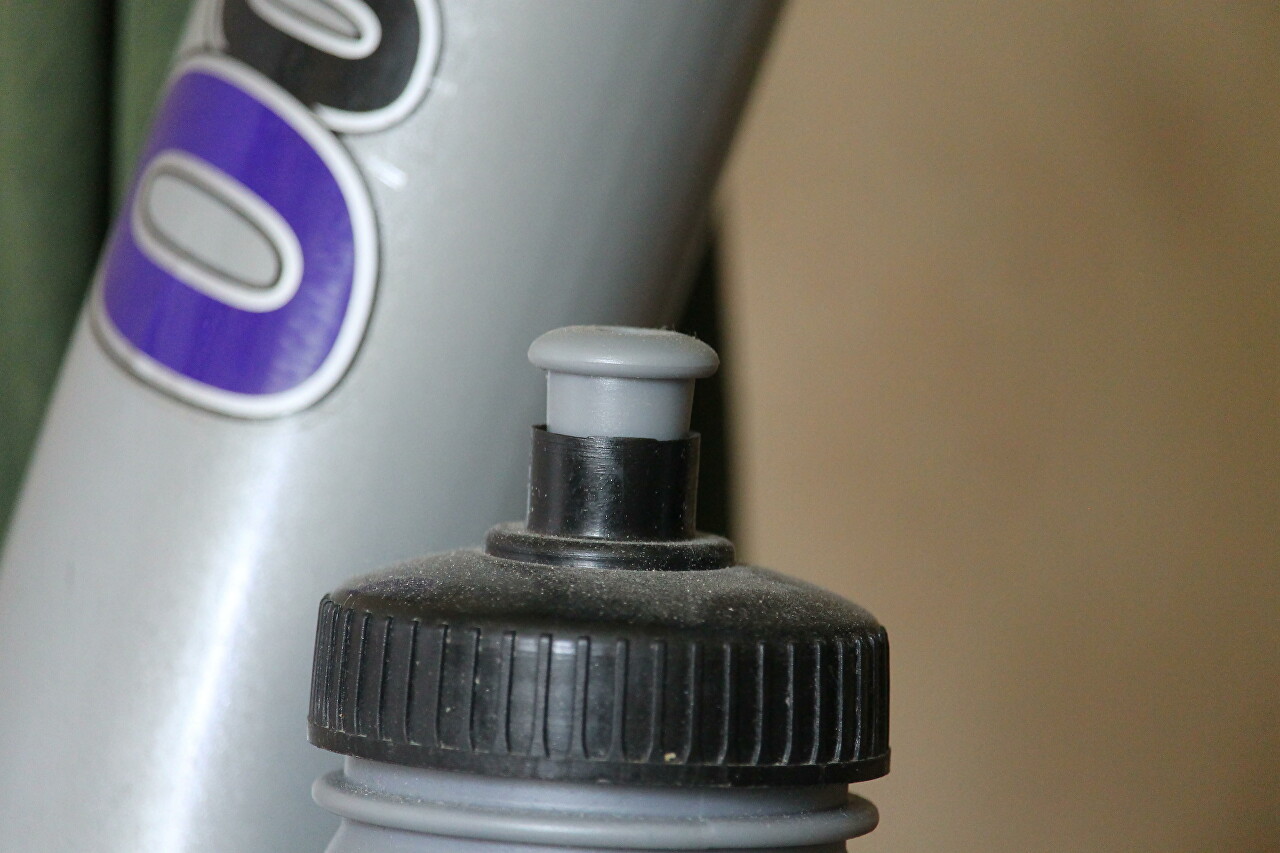
EF 70-300 (235мм, f/5.6, 1/15, ISO1000).
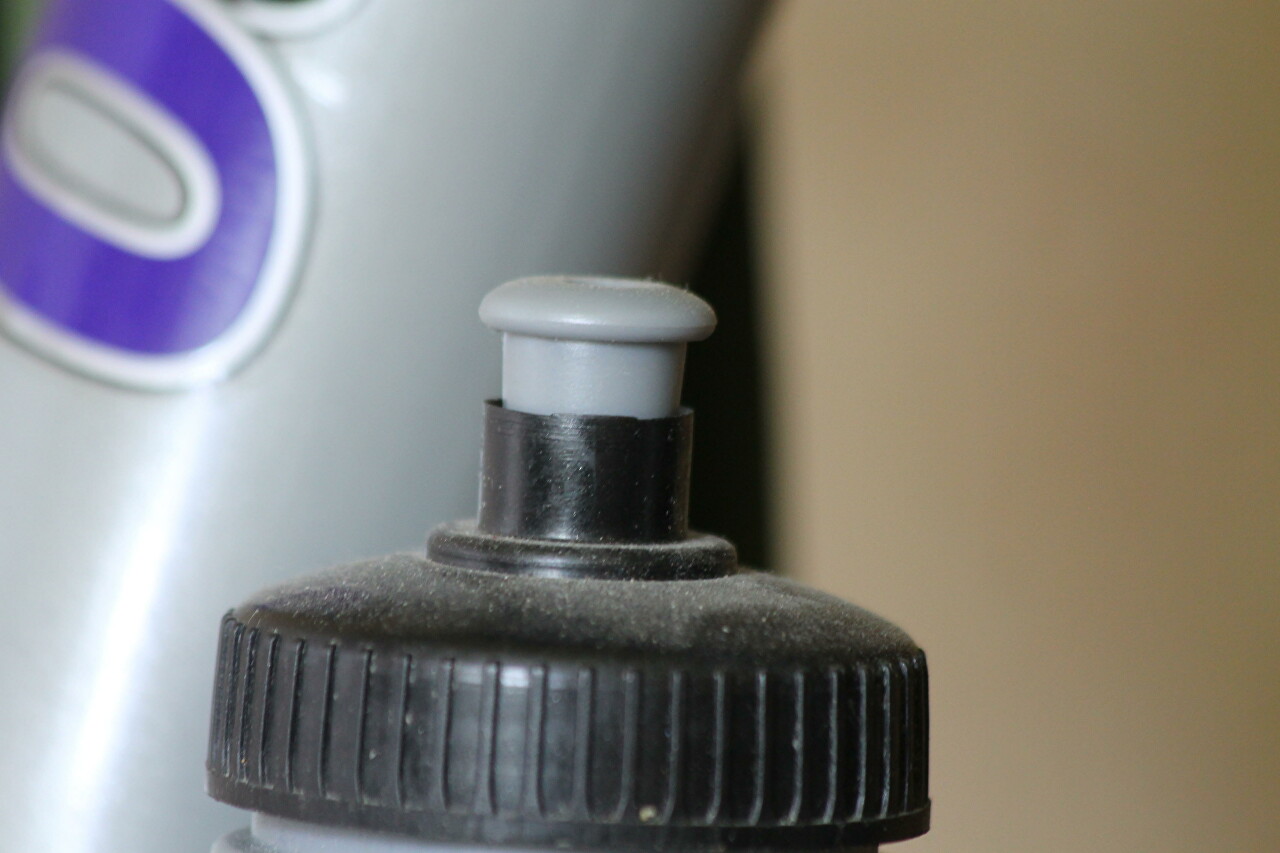
As you can see, the quality of the second image is significantly worse, despite the fact that the ISO is twice as low. However, the latter indicates an unimportant aperture of EF-S 55-250.
The first pair of images were taken from a distance of one and a half meters, which is the minimum for focusing EF 70-300, so we will take pictures from a distance of about 3.5 meters:
EF-S 55-250 (237mm, f/5.6, 1/15c, ISO 4000).

EF 70-300 (235мм, f/5.6, 1/15, ISO 2000).
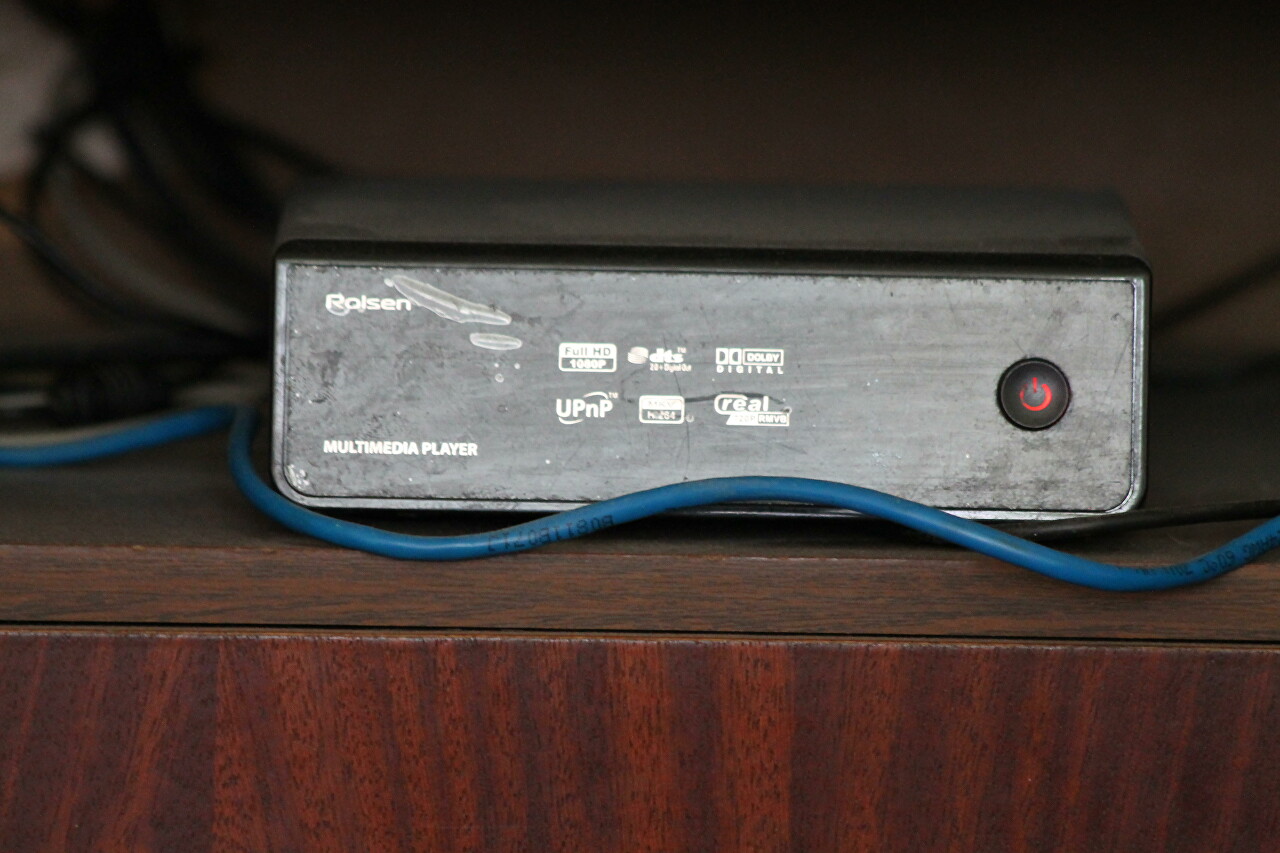
The result is the same: EF-S 55-250 is noticeably better.
2. Short Focal Length, Open Aperture
EF-S 55-250 (70mm, f/4.5, 1/125, ISO100).
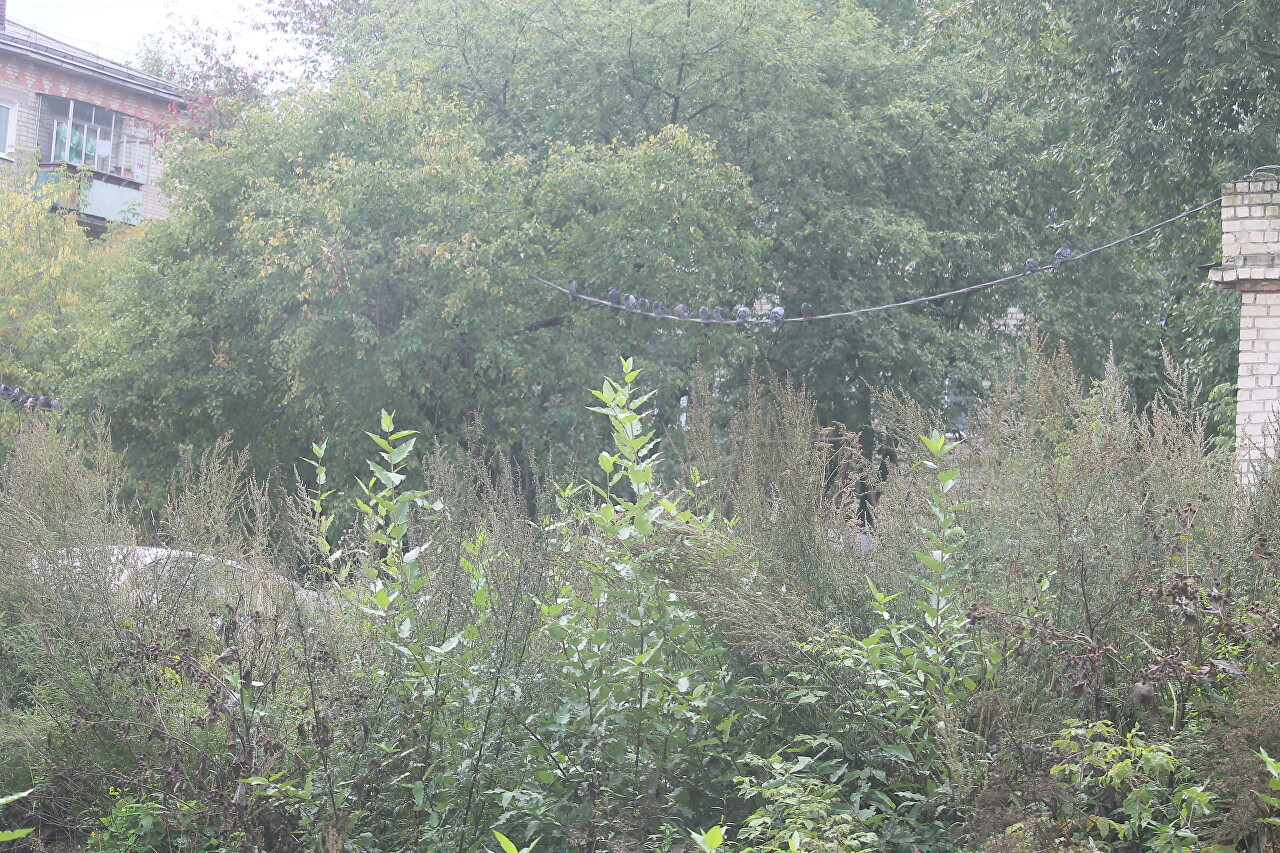
EF 70-300 (70mm, f/5.6, 1/125, ISO160).

As we can see, the sharpness in the focus area is about the same. The depth of field of the EF-S 55-250 is larger, and the difference in aperture is not so significant.
3. Short Focal Length, Universal Aperture
EF-S 55-250 (70mm, f/8, 1/125, ISO200).
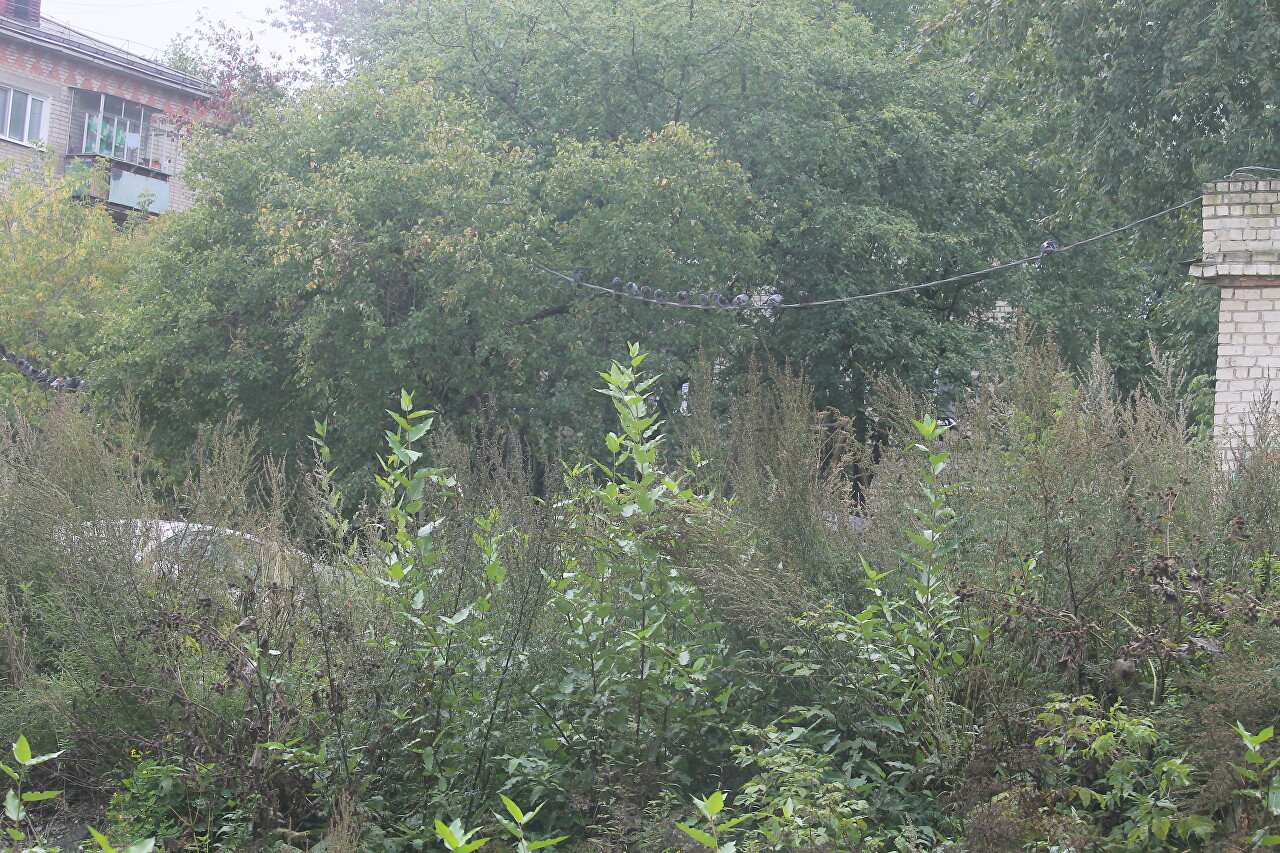
EF 70-300mm (70мм, f/8, 1/125, ISO320).
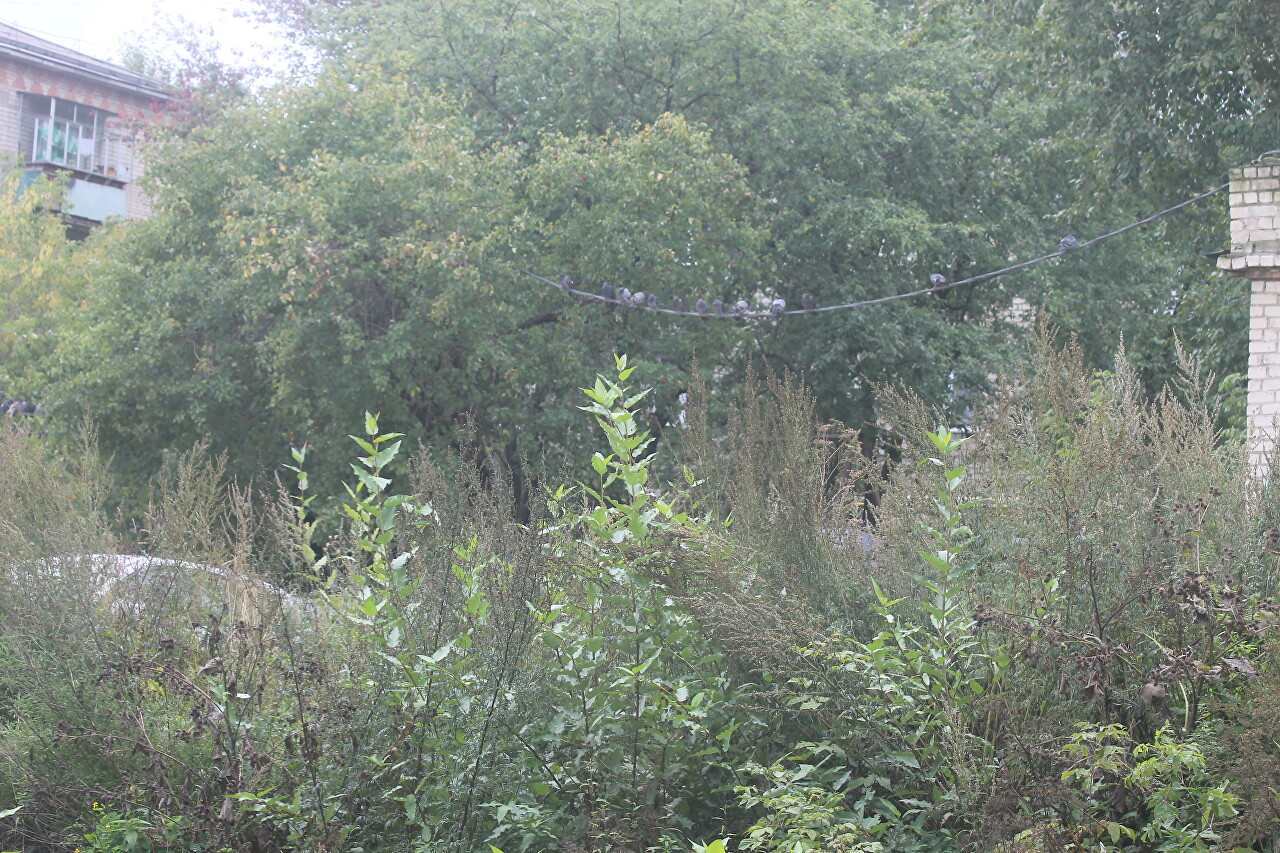
The center is again the same, but the edges of the EF 70-300 are noticeably worse. Again, the EF-S 55-250 has a wider depth of field. And (suddenly!) the intensity of the latter is much higher.
4. Long Focal Length, open Aperture:
EF-S 55-250 (250мм, f/5.6, 1/125, ISO160).
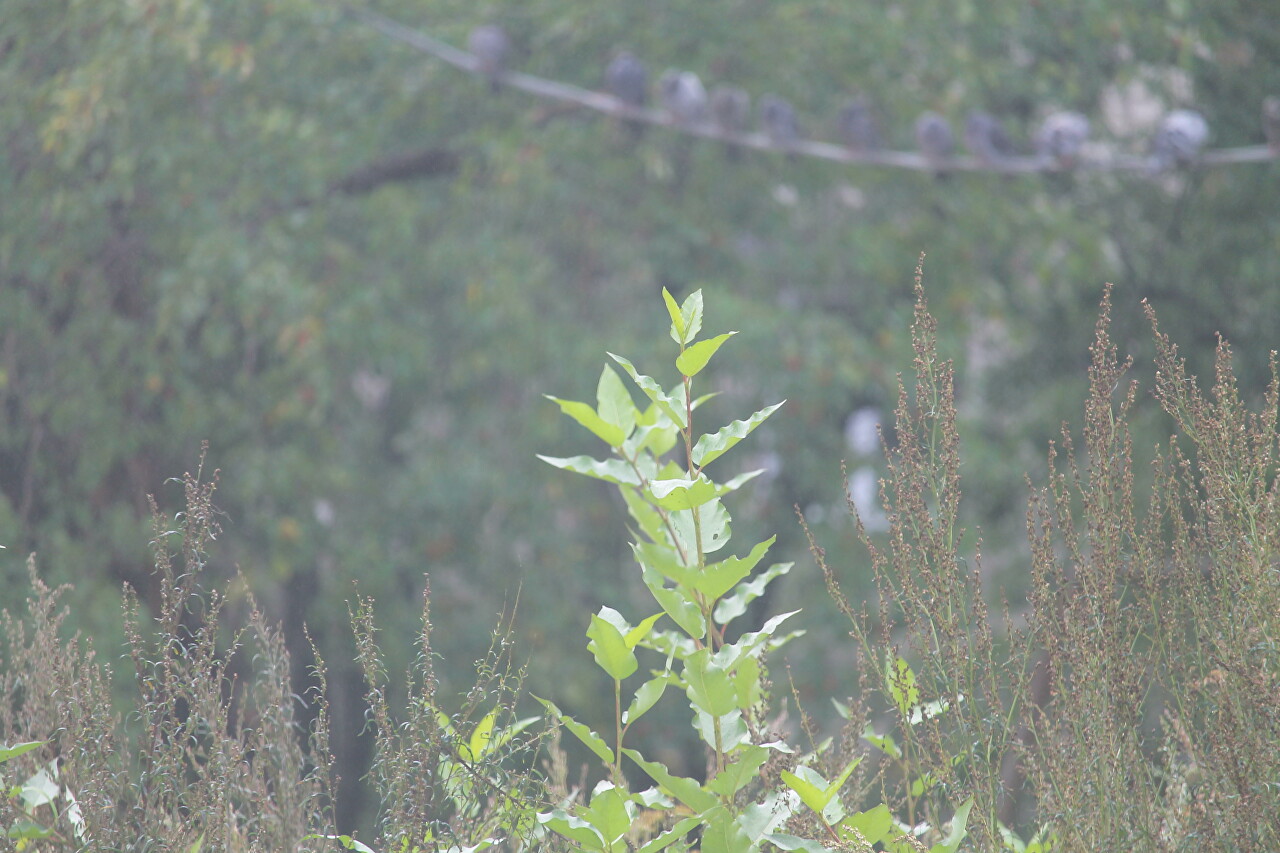
EF 70-300 (240mm, f/5.6, 1/125, ISO125).
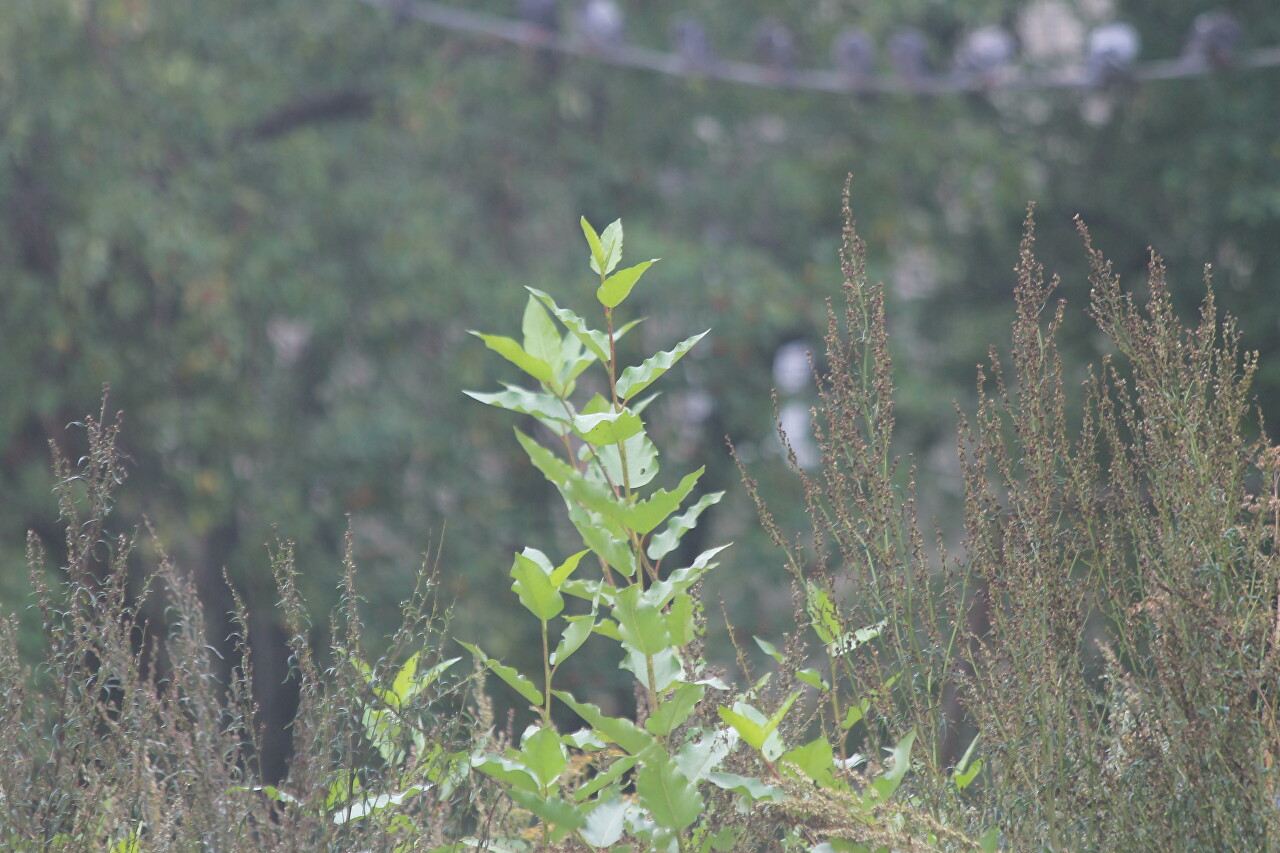
Here it is difficult to notice differences in quality, both lenses have it evenly over the entire field of view. The aperture is also about the same.
5. Long Focal Length, Universal Aperture:
EF-S 55-250 (250мм, f/8, 1/125, ISO320).
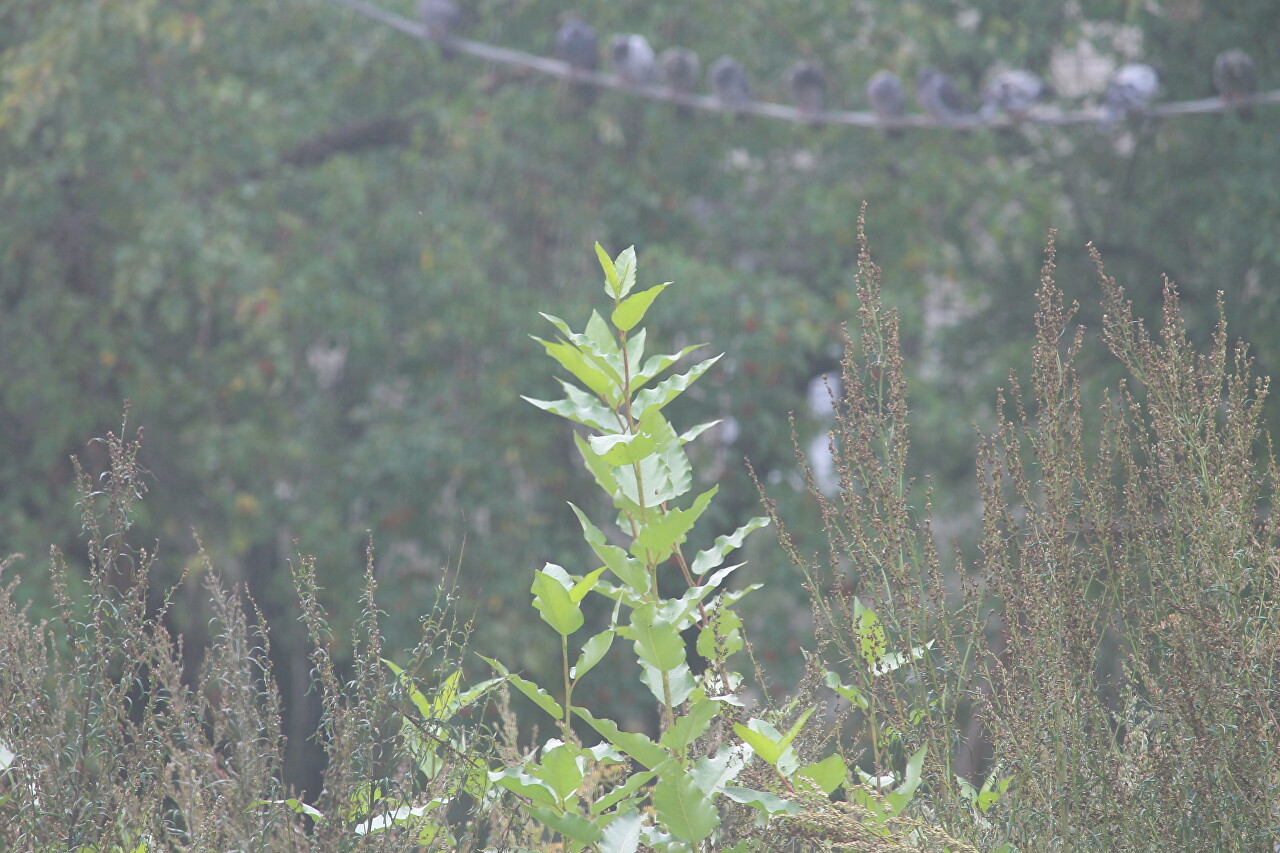
EF 70-300 (240mm, f/8, 1/125, ISO250).
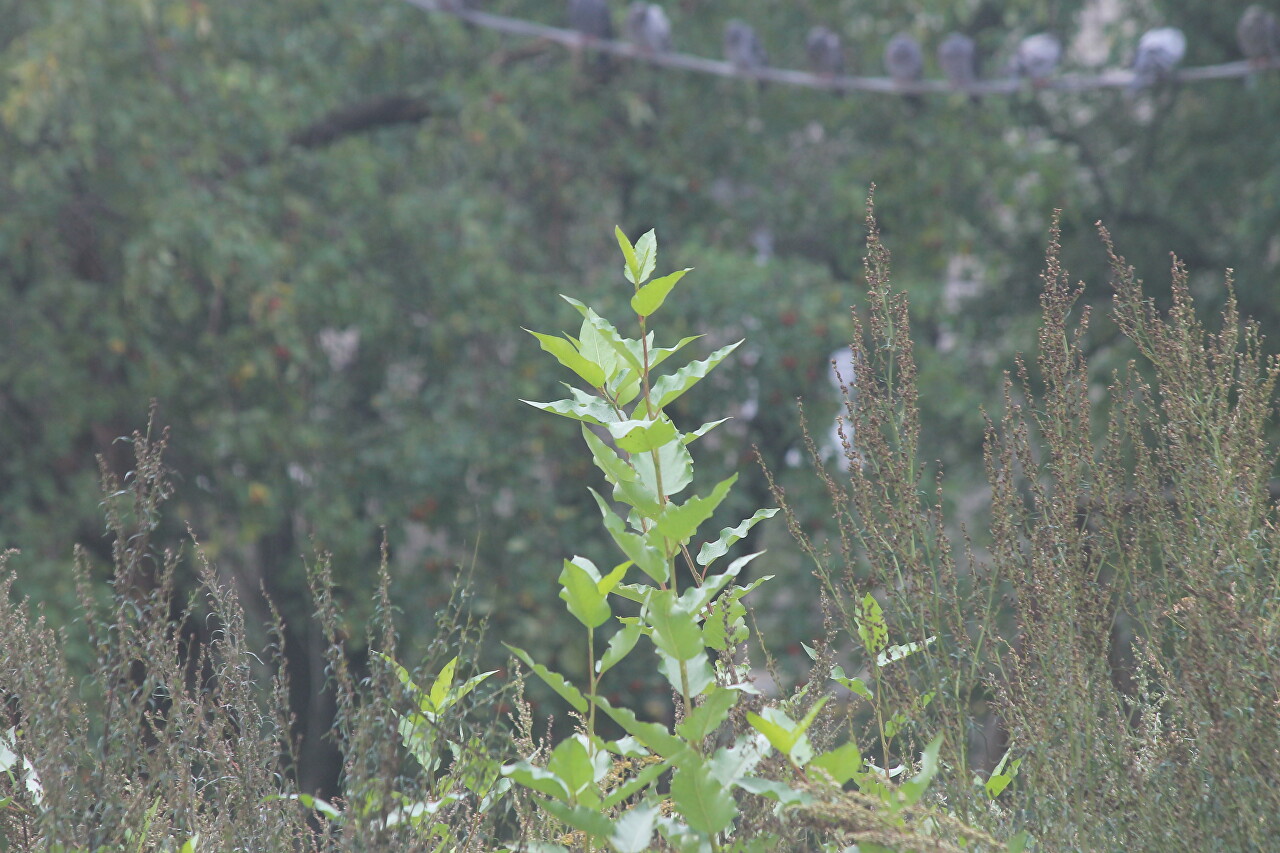
The EF 70-300 is slightly better in the center, but noticeably inferior at the edges. It should be noted that this will affect the full frame even more.
Summary
From the above, we can draw the following conclusions: a cheap plastic lens in terms of image quality is no worse than the "adult" 70-300. The ergonomics are much better. The lens is very good for shooting architectural and landscape trivia, even in low light. However, for reporting, it is completely unsuitable for the reason indicated above - slow autofocus. You can, of course, do without the EF 70-300, but I'll still take both lenses on my next trip. Moreover, the EF-S 55-250 mm f/4-5.6 IS STM weighs only 375 grams.